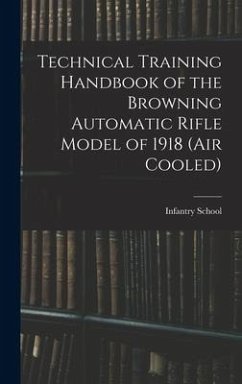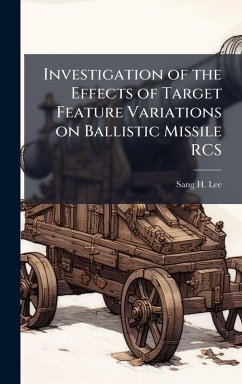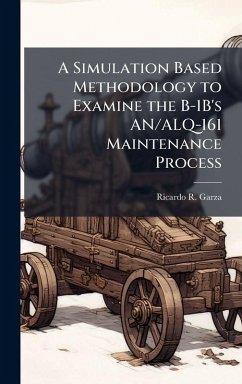
Automatic Target Recognition Classification System Evaluation Methodology
Versandkostenfrei!
Versandfertig in über 4 Wochen
30,99 €
inkl. MwSt.
Weitere Ausgaben:

PAYBACK Punkte
15 °P sammeln!
This dissertation research makes contributions towards the evaluation of developing Automatic Target Recognition (ATR) technologies through the application of decision analysis (DA) techniques. ATR technology development decisions should rely not only on the measures of performance (MOPs) associated with a given ATR classification system (CS), but also on the expected measures of effectiveness (MOEs) of the potential end product. The purpose of this research is to improve the decision-making process for ATR technology development. The basis of the research is a decision analysis framework that...
This dissertation research makes contributions towards the evaluation of developing Automatic Target Recognition (ATR) technologies through the application of decision analysis (DA) techniques. ATR technology development decisions should rely not only on the measures of performance (MOPs) associated with a given ATR classification system (CS), but also on the expected measures of effectiveness (MOEs) of the potential end product. The purpose of this research is to improve the decision-making process for ATR technology development. The basis of the research is a decision analysis framework that allows decision-makers in the ATR community to synthesize the performance measures, costs, and characteristics of each ATR system with the preferences and values of both the ATR evaluators and the warfighters. This work has been selected by scholars as being culturally important, and is part of the knowledge base of civilization as we know it. This work was reproduced from the original artifact, and remains as true to the original work as possible. Therefore, you will see the original copyright references, library stamps (as most of these works have been housed in our most important libraries around the world), and other notations in the work. This work is in the public domain in the United States of America, and possibly other nations. Within the United States, you may freely copy and distribute this work, as no entity (individual or corporate) has a copyright on the body of the work. As a reproduction of a historical artifact, this work may contain missing or blurred pages, poor pictures, errant marks, etc. Scholars believe, and we concur, that this work is important enough to be preserved, reproduced, and made generally available to the public. We appreciate your support of the preservation process, and thank you for being an important part of keeping this knowledge alive and relevant.












